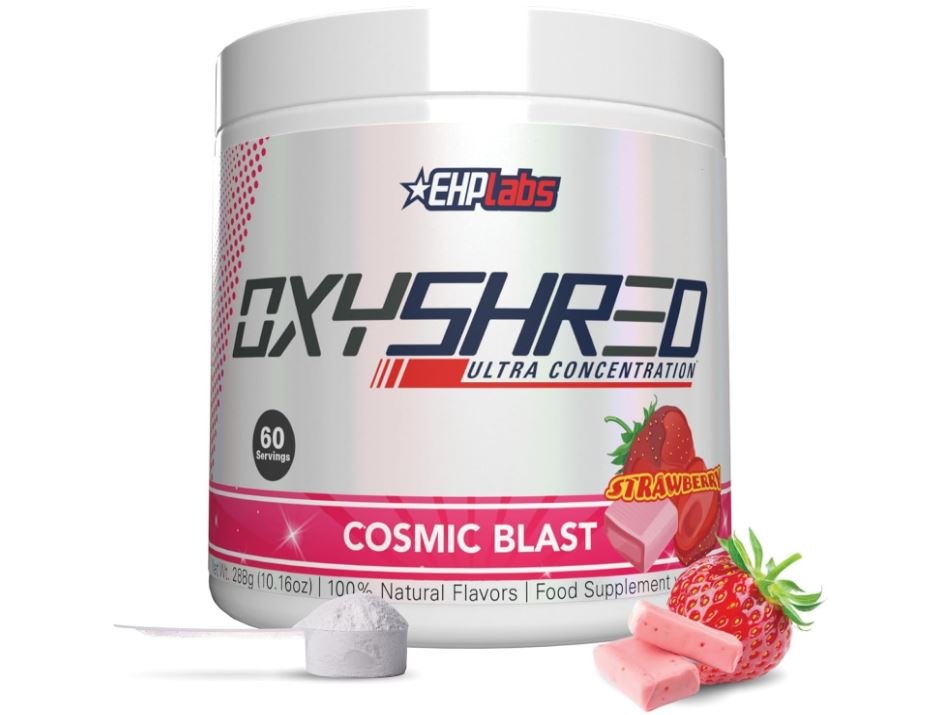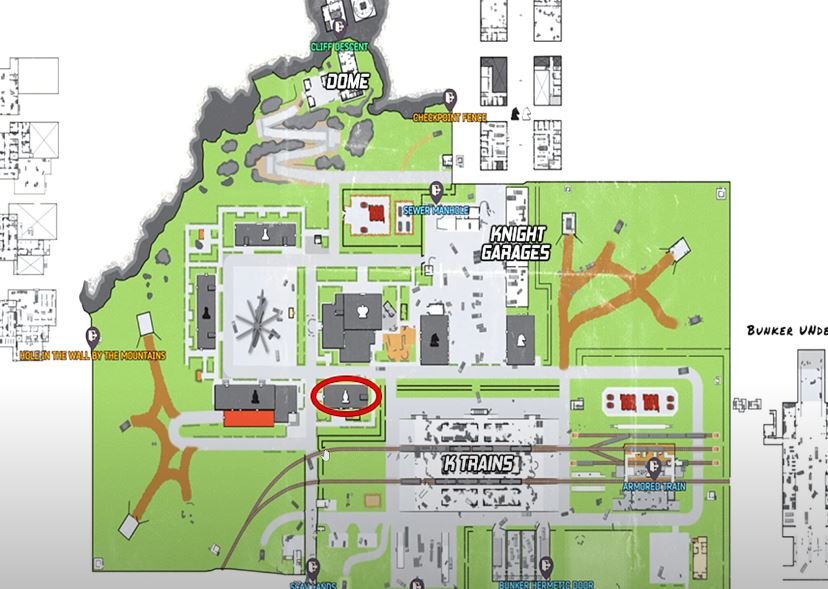| Method | Details |
|---|---|
| Purchase from Shops | The Gilded Carafe and The Main Ingredient in Imperial City, also in Skingrad and Bravil |
| Alchemy Crafting | Use mandrake root, elf cup cap, hunger tongue, red kelp bladder — requires Alchemy skill |
| Eat Mandrake Root | Found naturally near Bravil, behind Skingrad Fighters Guild, and in Colovian Highlands |
| Pray at Chapels | Altars in Bruma, Anvil, Cheydinhal and other cities instantly cure all active diseases |
| Use Console Command (PC only) | Enter “player.AddItem 0000920E 1” to receive the potion directly in your inventory |
| Buy and Cast Cure Disease Spell | Available from mages in Leyawiin, Bruma, and Cheydinhal — requires Restoration proficiency |
In Oblivion, being sick does more than just weaken your character; it can also break momentum in subtle or game-breaking ways. Fatigue Drain, Porphyric Hemophilia, and other stat-sapping annoyances are frequently discovered by players who have just left the Arena or plunged headfirst into a cave teeming with necromancers. The good news? It’s not as hard as it seems to find a cure for a disease. Often disregarded, the Gilded Carafe in the Market District of the Imperial City always has potions and mandrake root, two of the most reliable options in the game.
The Main Ingredient, located close to the Arena gate, is a very good backup option for those who need one. Players can ensure they’re never caught off guard after a skirmish by regularly returning to these vendors and building up a stash. Having this potion becomes more of a strategic precaution than a convenience, especially for those who are trying to avoid vampires.
The lack of these potions in sporadic loot drops has been a frequent source of annoyance in Reddit discussions in recent weeks. After playing for a few hours, some players have reported that eating raw mandrake root was their best option. This is a surprisingly cheap way to get around spellcasting and shop inventory refreshes. For early-level characters with little gold or Restoration experience, it’s a convenient short-term solution.
The game provides more than just transactional solutions, which is noteworthy. Players are immediately cleansed by kneeling at an altar in any major chapel. This system, which has its roots in the Nine Divines’ mythology, gives what might have been a simple mechanism more spiritual significance. Bethesda’s focus on immersive healing techniques has only grown over the last ten years, and Oblivion’s strategy still feels very novel in comparison to many contemporary role-playing games.
Console commands like player.AddItem 0000920E 1 may seem like a sloppy workaround, but they’ve evolved into a surprisingly dependable safety net for PC gamers who find themselves in a tight spot. It’s a clever design choice that shows the studio’s early commitment to player agency in terms of game accessibility, particularly for players who don’t have as much time to complete fetch quests.
The way the community has influenced its own healing practices is particularly remarkable. Many players now strategically store cure disease ingredients in their character’s inventory, much like they would carry a travel-sized first aid kit or medkit in real life. Similar to the contingency planning incorporated into military simulations or project management tools used in tech startups, this behavior reflects a broader trend in gaming where planning and foresight are rewarded.
New players are often reminded to “always check your Active Effects tab after every dungeon” by influencers on various platforms, ranging from YouTubers like Gamers Heroes to walkthrough experts on GameFAQs. Despite being straightforward, this tip greatly lessens the late-game annoyance brought on by undetectable status effects. The emotional resonance of these mechanics is further highlighted by the fact that a number of creators make comparisons to actual health, encouraging followers to “scan your vitals.”
Players can engage in what seems to be a particularly meaningful kind of problem-solving by using alchemy to create cure disease potions. It’s a lesson in self-reliance and resiliency, not just a task. In the same way that learning to cook provides insights into nutrition, learning the combinations—red kelp gas bladder or mandrake root paired with hunger tongue—gives players a practical understanding of game chemistry.
Oblivion’s disease management mechanics have evolved over time from a minor annoyance to a representation of the game’s intricate design. Every path reveals something fundamental about the ways in which preparation, care, and agency are intertwined, whether you’re praying in a chapel, brewing in a remote mage tower, or bartering with an apothecary in the busy Imperial City.
Oblivion created a system where various options—spiritual, medical, and technological—coexist and players can select their cure based on philosophy, convenience, or strategy. This system is remarkably similar to real-world healthcare models. And that kind of adaptability is still very novel—and maybe surprisingly durable—for a game that was released almost twenty years ago.






